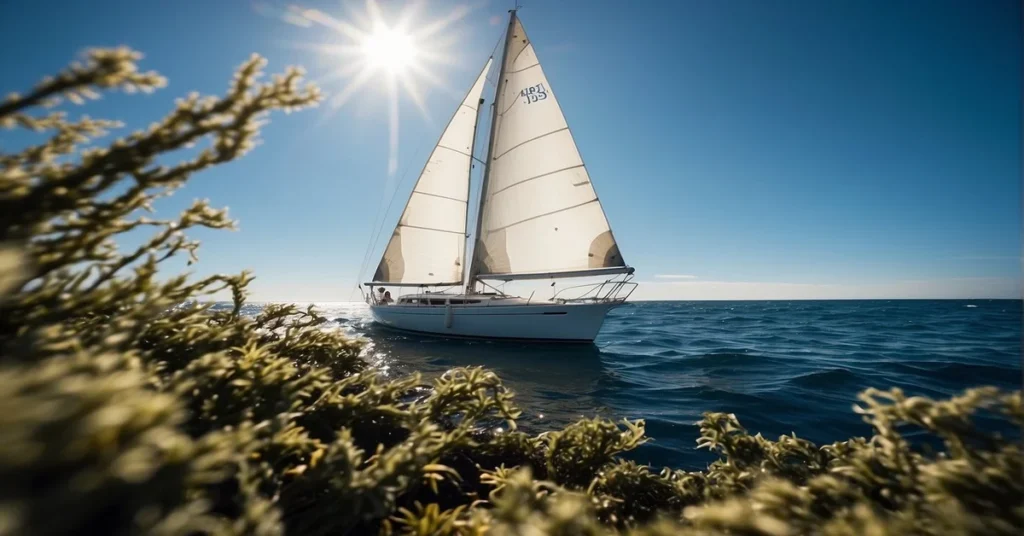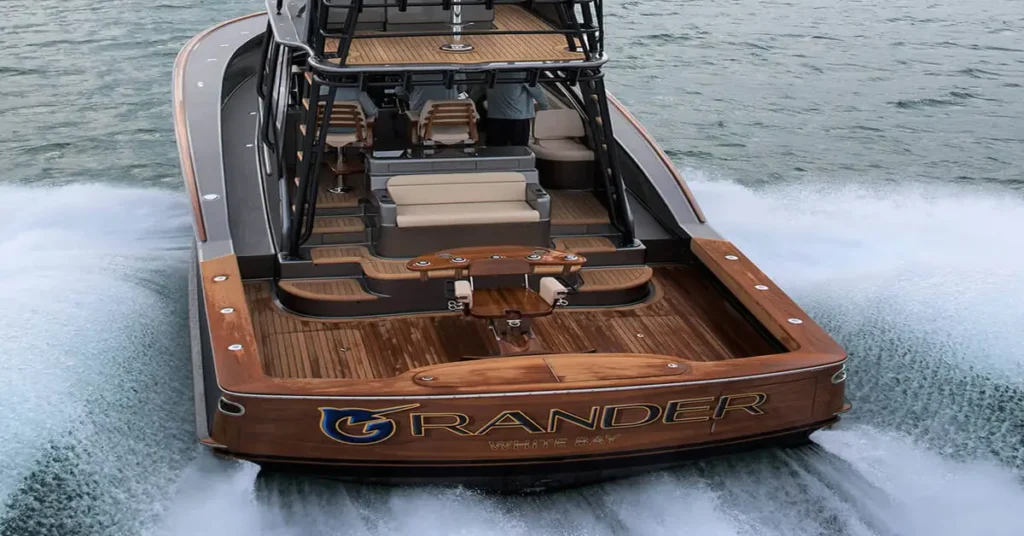Mastering the art of docking a boat is within your reach! Embrace the challenge and turn that dockside trepidation into triumph with our essential guide.
Stay tuned for expert tips and strategies that will have you docking with confidence and finesse in no time!
My Top 3 Preparations for Docking a Boat
Being prepared makes a world of difference when it comes to docking a boat. Here are my top three preparations to ensure a smooth docking process:
- Dock Lines and Fenders
- Before approaching the dock, having your dock lines and fenders ready is crucial. I always attach dock lines to both the bow and stern cleats on the side nearest the dock. Then, I position my fenders over the side to protect the boat from scrapes and bumps.
- This step is vital to avoid any damage during docking and to be ready for immediate tying. I found the steps listed on Boatsetter quite useful for details about preparing the boat.
- Assessing Conditions
- I gauge the wind and current effects before maneuvering my boat. These natural elements can greatly influence the approach, and their impact must not be underestimated. Understanding how they can affect my boat helps in adjusting my docking strategy accordingly.
- There’s a tip on boats.com about driving up close to your slip and then maneuvering, which I find practical.
- Spring Lines
- Finally, spring lines are my secret weapon for controlled and safe docking. They help manage the boat’s movement and can be vital, especially in strong winds or currents.
- I secure a spring line to a cleat on the dock before bringing the boat alongside, using it as a pivot to better control the position of my vessel. Sail Magazine offers great insights on how spring lines can extend the life of your boat.
Preparing dock lines and fenders, assessing the environmental conditions, and using spring lines are all essential steps I take for docking a boat efficiently and safely. Each of these steps helps to minimize stress and potential mishaps.
Preparing to Dock

When it comes to docking a boat, preparation is key. I ensure that I understand the wind and current, set up fenders and lines, and approach the dock strategically to prevent any damage to my vessel.
Understanding Wind and Current
Assessing wind and current conditions is crucial before maneuvering toward the dock. I always observe the water’s movement and feel the wind’s direction to determine how these elements will affect my approach and maneuvering.
Understanding these natural forces allows me to anticipate how my boat will respond and adjust my strategy accordingly.
Setting Up Fenders and Lines
Before I get too close to the dock, I make sure my fenders are positioned to protect the hull and that dock lines are prepped and readily accessible. I tie bow, stern, and spring lines to the cleats, ensuring I use proper knots like the cleat hitch or clove hitch.
This preparation allows for a smooth transition from maneuvering to docked without causing any undesired damage.
Approaching the Dock
As I get closer to the dock, I approach at a slow and controlled speed, only as fast as I would want to collide with the dock, which is never. I use intermittent acceleration to provide better steerage and make minute adjustments with the helm.
If my boat has twin engines, I rely on them instead of the rudder or steering wheel for enhanced control. The goal is to maneuver precisely so that the crew can easily secure the mooring lines without rushing.
Executing the Docking Maneuver

When docking a boat, I like to remember that precision and patience are key. Each movement at the helm and adjustment of the throttle directly affects the outcome, so it’s essential to approach this task methodically.
Securing the Boat to the Dock
- Fenders: Before arriving, position fenders on the side of the boat that will face the dock to avoid scratches or damage. This simple step can save a lot of stress and embarrassment.
- Dock Lines: Have your bow, stern, and spring lines ready. A cleat hitch is commonly used to tie up the lines securely.
- Bowline and Stern Line: Tie the bowline to a cleat on the dock; adjust the stern line to keep the boat parallel to the dock.
- Spring Line: Use this to prevent fore and aft movement. Securing them correctly is critical, especially in challenging water conditions or when docking in a slip.
- Expert Tip: Using just the starboard engine or port engine can enhance steerage and help in tighter maneuvers like docking at a fuel dock or in a harbor for those with twin inboards or outboards.
Common Mistakes to Avoid by docking a Boat
- Too Much Speed: Approaching the dock with too much momentum is a common mistake. Remember that boats don’t have brakes; kill the engines early and use them minimally.
- Ignoring Water Conditions: Always consider the current and wind. Low tide conditions might require different techniques compared to a high tide.
- Poor Communication: Clear communication with crew members is essential. Ensure everyone knows their role, from handling lines to operating the throttle or steering wheel.
- Relying Solely on Power: Thrusters can be helpful, but knowing how to dock using just the steering wheel and traditional maneuvers provides a solid foundation for when technology might fail.
Remember, docking with thrusters might seem straightforward, but nothing beats the good old-fashioned way of feeling the boat and understanding its response to the helm and throttle. It’s all about practice, and the more you do it, the less likely you’ll scratch or damage your boat.
FAQ – How To Dock a Boat

When I first learned about docking a boat, it seemed like a complex dance between water currents and boat controls. It’s really about understanding a few principles and applying them with a bit of patience.
Let’s review some frequently asked questions that might ease your mind about the process.
What does docking your boat mean?
Docking your boat refers to pulling your vessel up to a dock as parallel as you can, and then using ropes (dock lines) and nautical knots to secure (fasten) the boat to the dock.
What should you do when docking your boat?
Take your time, proceed slowly towards the dock using intermittent acceleration. Never approach a dock any faster than you’re willing to hit it. Navigate into the boat slip or turn to come alongside the dock.
Tie off your boat onto cleats, posts, or pilings using your docking lines.
What is meant by docking ‘?
Docking is the act of securing an arriving vessel with ropes. Synonyms are dockage, moorage, and tying up.
Set sail on the discussion seas and drop your anchor in the comments below—share your own docking triumphs and trials with fellow boating enthusiasts!



